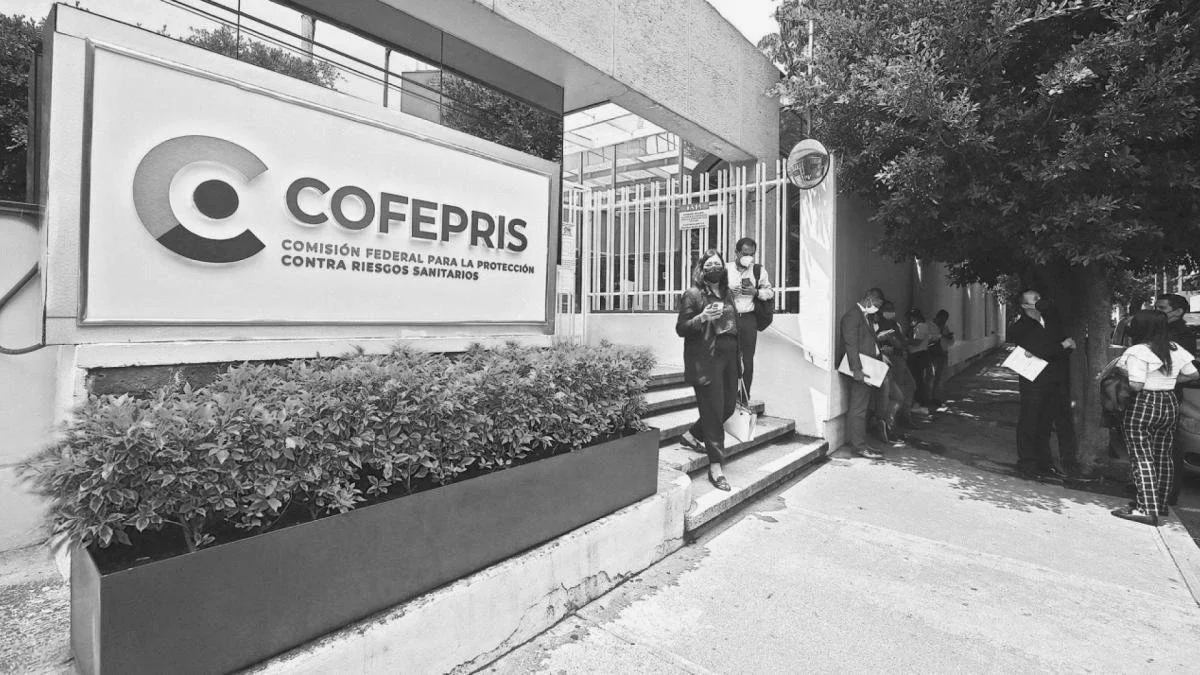COFEPRIS Modernizes Medical Device Framework: What You Need to Know
On July 7, 2025, Mexico’s regulatory authority, COFEPRIS, issued a new decree that substantially revises the classification framework for medical devices, thereby formally repealing the agreements published in 2011 and 2014. The update introduces updated lists that categorize (1) low-risk medical devices subject to sanitary registration, (2) devices exempt from registration, and (3) products not considered health supplies. The reform aims to streamline regulatory procedures, reduce administrative burden, and provide greater clarity for manufacturers and importers operating in the Mexican market.
Update
This measure is intended to modernize and streamline the regulatory framework for medical devices by establishing clear, risk-level classifications. The new decree formally abrogates and replaces the previous agreements on this matter, dated December 31, 2011, and December 22, 2014, marking a major shift in the regulatory landscape.
The decree introduces three distinct annexes that reclassify devices and other products.
Annex One lists low-risk medical devices that continue to require sanitary registration. However, the application process has been streamlined to facilitate compliance. For domestically manufactured devices, the required documentation includes an operating license, draft labeling, technical information, and proof of payment. In the case of imported devices, a letter of representation must also be submitted. Importantly, COFEPRIS has committed to resolving these applications within a maximum of 20 business days, reflecting its effort to improve regulatory efficiency.
Annex Two identifies low-risk medical devices that are no longer subject to sanitary registration for their manufacture or commercialization. This represents a significant regulatory shift for manufacturers and importers, as it also eliminates the requirement for an import permit. However, exemption from registration does not imply exemption from oversight. These devices must still comply with applicable Good Manufacturing Practices (GMP) and post-market surveillance obligations. Importers are required to submit a declaration at the point of entry confirming that the product is listed in Annex Two and adheres to the relevant regulatory standards.
Annex Three provides a list of products that, due to their nature and intended use, are not classified as health products and therefore do not require sanitary registration or import permits. This annex offers critical regulatory clarity for manufacturers and importers of items that often fall into gray areas, such as laboratory reagents, hospital furniture, and cleaning agents. By explicitly excluding these products from health supply regulations, COFEPRIS facilitates compliance and reduces unnecessary administrative burden.
A key element of the new decree is the transition plan for medical devices listed in Annex One that were previously marketed under an exemption letter. Manufacturers of these products are now required to obtain a full sanitary registration. To facilitate compliance, the decree establishes a staggered three-year submission period, organized according to each product’s position in the Annex One list. This transition will take place between 2025 and 2028, with a deadline in 2029 for all applications. Importantly, all existing exemption letters will expire five years after the decree enters into force, after which only fully registered products may remain on the market.
Regulatory Framework
This decree is grounded in, and has implications for, the following regulatory instruments:
General Health Law.
Regulation for Health Supplies.
General Law for Regulatory Improvement.
COFEPRIS Regulation.
NOM-241-SSA1-2025, Good Manufacturing Practices for medical devices.
NOM-137-SSA1-2008, Labeling of medical devices.
Effects from the RA update
Product Re-classification: All medical device manufacturers and distributors in Mexico must review the new Annexes to determine the current, correct classification of their products.
New Registration Requirement: Companies with devices listed in Annex One that previously held an exemption letter must now prepare and submit a sanitary registration application according to the new, staggered deadlines to ensure continued market access.
Strategic Deregulation: Businesses marketing products listed in Annex Two can benefit from reduced costs and faster market entry by leveraging the elimination of the sanitary registration requirement. However, they must ensure and be prepared to demonstrate compliance with GMP and Post-Market Surveillance
Streamlined Imports: The waiver of import permits for products in Annex Two and Annex Three will simplify logistics and reduce administrative hurdles for importers. Importers of Annex Two products must adapt their customs procedures to include the new required declaration.
Obsolescence of Prior Agreements: All regulatory strategies and product classifications based on the 2011 and 2014 decrees are now obsolete and must be updated immediately to reflect the new framework.
Written By:
Sandra Miguel
About ips
At IPS, we specialize in strategic regulatory intelligence. Our team can help you assess how the new COFEPRIS decree affects your product portfolio, manage a smooth transition for devices now requiring registration, and refine your compliance strategy to align with the updated regulatory framework.
For expert guidance, contact us at info@insumosparasalud.com.


